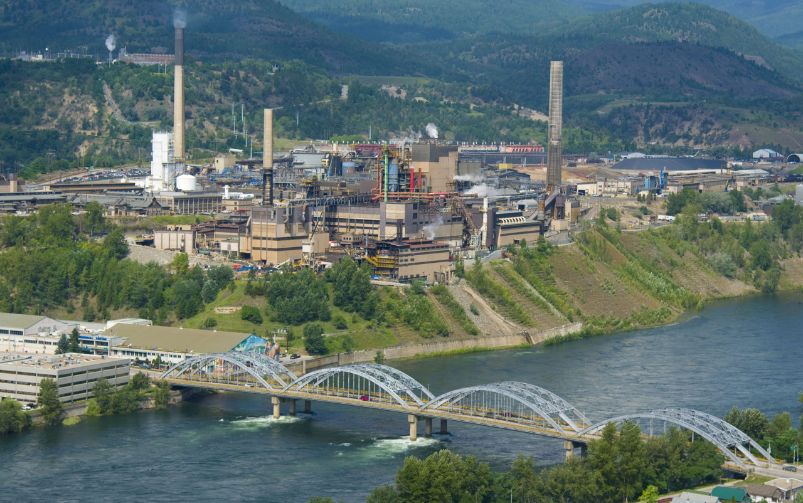The re-examined core samples will contribute to the future Canadian Digital Core Library, an initiative designed to digitize and make accessible geological drill core samples from across the country. Courtesy of Gold Terra Resource Corp.
The Canadian and Northwest Territories governments are launching a pilot project to re-examine historic drill samples with artificial intelligence (AI) and digital core scanning technologies.
The project, first announced on July 14, will target the scanning and analysis of archived core samples from the Northwest Territories Geological Survey’s extensive collection. Its main goal is to pinpoint high-potential critical mineral zones within the Slave Geological Province, a vast, largely unexplored region considered to be one of Canada’s most promising areas for lithium, copper, cobalt and rare earth elements.
The area spans roughly 190,000 square kilometres in eastern N.W.T. and northwestern Nunavut, extending from Great Slave Lake to the Coronation Gulf in the Arctic Ocean. According to the N.W.T. government, the territory is the world’s third-largest diamond producer and holds over 12 per cent of the Earth’s known bismuth reserves.
This pilot project is part of a broader initiative to advance critical minerals exploration, with the re-examined core samples contributing to a future digital core library that will digitize geological drill cores from across Canada, making them more accessible nationwide.
“By modernizing how we analyze and share geological data, we’re opening the door to new exploration, new partnerships and new economic opportunities,” said Caitlin Cleveland, minister of industry, tourism and investment for the territorial government, in a press release.
Devin Baines, senior communications advisor for Natural Resources Canada, told CIM Magazine in a written statement that AI tools will help to detect previously overlooked mineral signatures, re-evaluate historic discoveries, and highlight new targets for critical minerals. Combined with AI analytics, he said that the pilot project will aim to use high-resolution digital scanning, such as core imagery and hyperspectral imaging, instead of relying on traditional manual visual and log-based methods.
High-resolution digital scanning will allow for automated, quantitative mineral mapping of entire core lengths, enabling detection beyond manual inspection, Baines said. He said details on the format, availability and accessibility of the resulting data are still being finalized.
“The intent will be to have data from this initiative integrated into a centralized digital platform, forming the foundation of a forthcoming Canadian Digital Core Library, which will reduce barriers and support exploration across Canada,” he said. “This pilot will act as a proof of concept to show how archived core data can be digitally transformed, enhanced and utilized for machine learning, and made accessible through a centralized platform.”
Another key goal of the project is to reduce further land disturbance. Baines explained that by digitally analyzing existing drill cores instead of commissioning new drilling, the initiative lowers environmental impacts, minimizes disruption to sensitive northern lands and allows for sustainable exploration using existing archives.
Beyond the core
While the digital core scanning project focuses on unlocking mineral potential using existing data, Caroline Wawzonek, the territory’s minister of infrastructure, energy and supply chains stressed in the press release that infrastructure is equally critical to realizing these opportunities.
“That is why we’re advancing the Mackenzie Valley Highway (MVH) and the Arctic Security Corridor,” she added.
The MVH project aims to replace approximately 320 kilometres of the seasonal Mackenzie Valley Winter Road by extending all-season road access from the end of Highway 1 to the Sahtu-region communities of Wrigley, Tulita and Norman Wells. It would also enhance transportation to NorZinc’s Prairie Creek zinc-lead-silver project, situated about 200 kilometres west of Fort Simpson.
The MVH is currently undergoing an environmental assessment and consultation with local Indigenous communities. Once the assessment is complete and following final ministerial approvals and a formal decision by the N.W.T government to advance the project, a final construction decision is anticipated in late 2027 or early 2028.
The Arctic Security Corridor, involving the construction of an all-season road from Yellowknife to Grays Bay, Nunavut, is also undergoing an environmental assessment.




